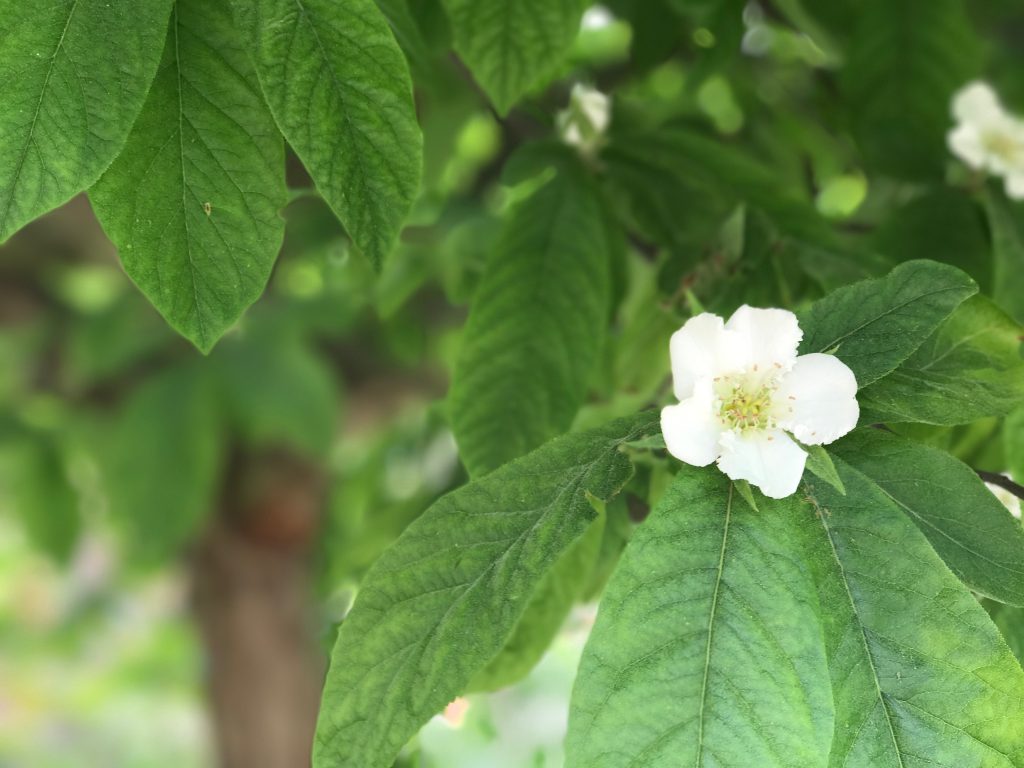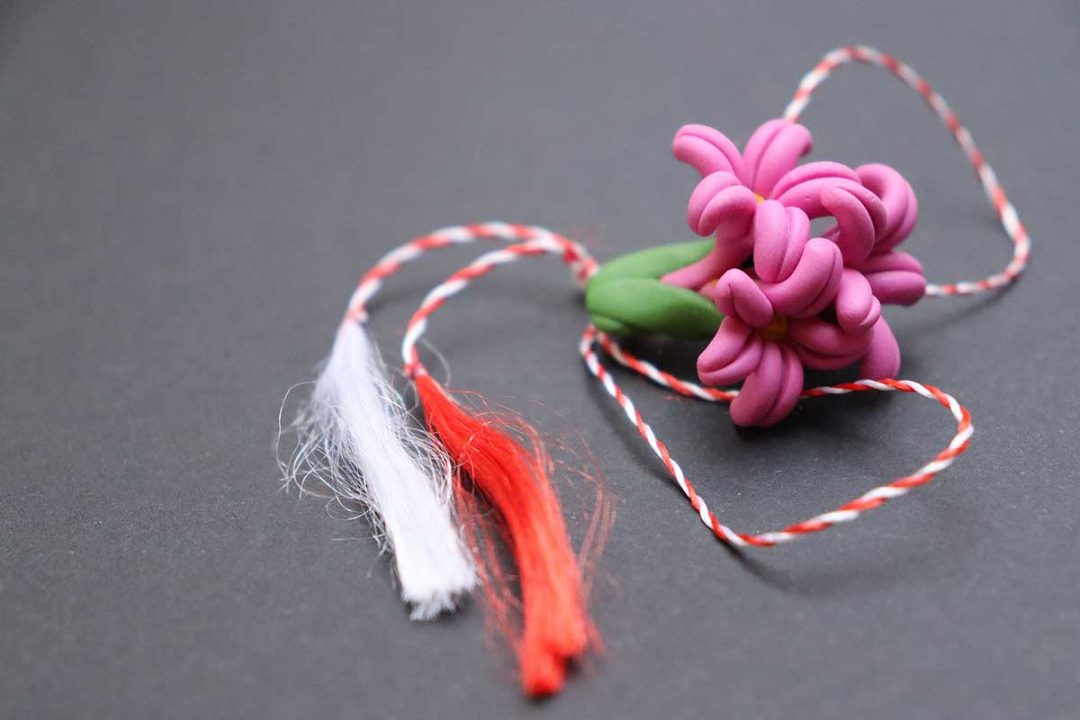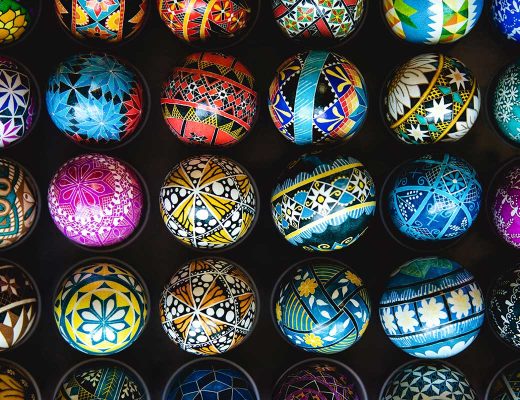Martisor is a Romanian tradition celebrated every year at the beginning of March, and it signifies the return of the spring season. On the first day of March, men give women small pieces of jewelry or charms (like brooches or pins) attached to a double red and white string as a sign of respect, love, and appreciation. This little piece of jewelry is called a “Martisor” (like the tradition itself) and is said to bring good luck to the one who wears it.
How long do you wear Martisor?
In Romania, women wear Martisor until March 8th, when they tie the red and white string to a blossoming tree (especially a cherry tree) for good luck. It is said that the more the tree blooms, the luckier that woman will be.
READ MORE: Spring traditions from around the world
What is the meaning of Martisor?
Martisor symbolizes the return of beautiful weather and is also a talisman for health, luck, and prosperity. The two braided strings (red and white) have also their meaning. Together they represent “the year’s rope” – the tie that connects summer and winter. And separately, red represents the warm season, life, and fertility, and white signifies the cold season and purity. The word “Martisor” itself has ancient roots, dating more than 8000 years ago; in ancient Rome, the first month of the year was March / Martius, called this way in honor of Mars – the god of war and the protector of agriculture.
There are also some popular stories and legends about Martisor:
The legend of Baba Dochia
Baba Dochia (The Old Dochia) is a legendary figure in Romanian folklore. Once upon a time, on a terrible winter day, Baba Dochia gave her beautiful stepdaughter a soiled coat asking her to wash it at the river until it became white as snow. The girl tried to wash it in the frozen waters of the river, but as she washed it, the coat became darker and darker. Suddenly, out of nowhere, a man named Martisor came close and asked her why she was crying. He offered her a red and white flower and told her to rewash the coat, putting the flower in the water. And, magically, the coat turned white and bright. When she arrived home, Baba Dochia couldn’t believe her eyes. She saw the flower in the girl’s hair and asked, “Where did you have it from? It’s still winter!”
READ MORE: Romanian Recipes
Having thought the spring had already come, Baba Dochia took her sheep and went to the mountain. She also took her twelve coats. On the way, the weather was sunny and beautiful, so she got off the coat she was wearing. But in the end, she was caught by the drizzle and bad weather. When she reached the peak, she met Martisor: “Do you see how bad it’s staying in this weather, in the cold and drizzle? So why did you force your daughter to wash the clothes on the river in weather like this?” Then he disappeared. The old lady and the sheep got frozen and then turned into stones. You can see those stone formations even today on the Bucegi Mountains plateau.
Since then, red and white symbolize the struggle between good and evil and between winter and spring.






1 Comment
Spring some love – Martisor
1 March 2019 at 16:45[…] interested to know more about this Romanian tradition of Martisor, have a look at this blog post I found and explains it […]